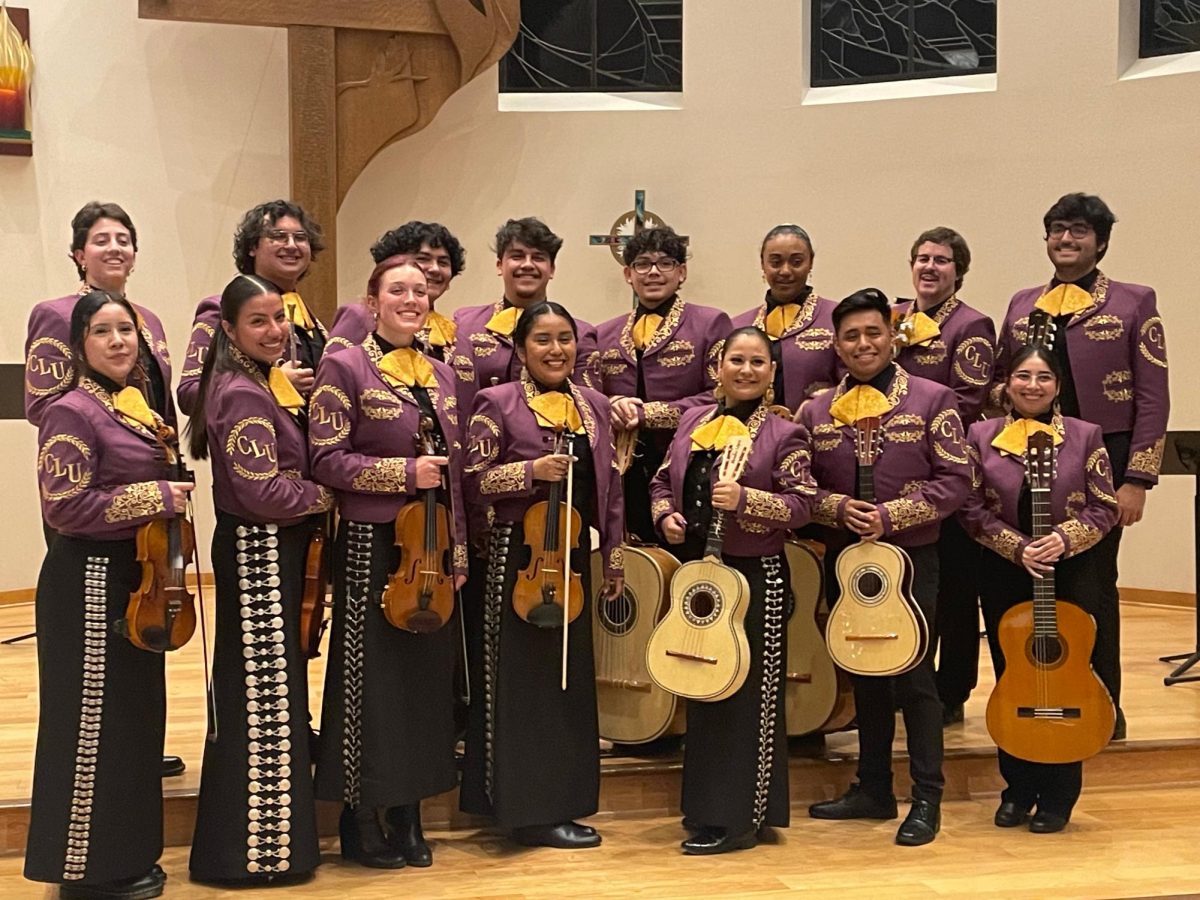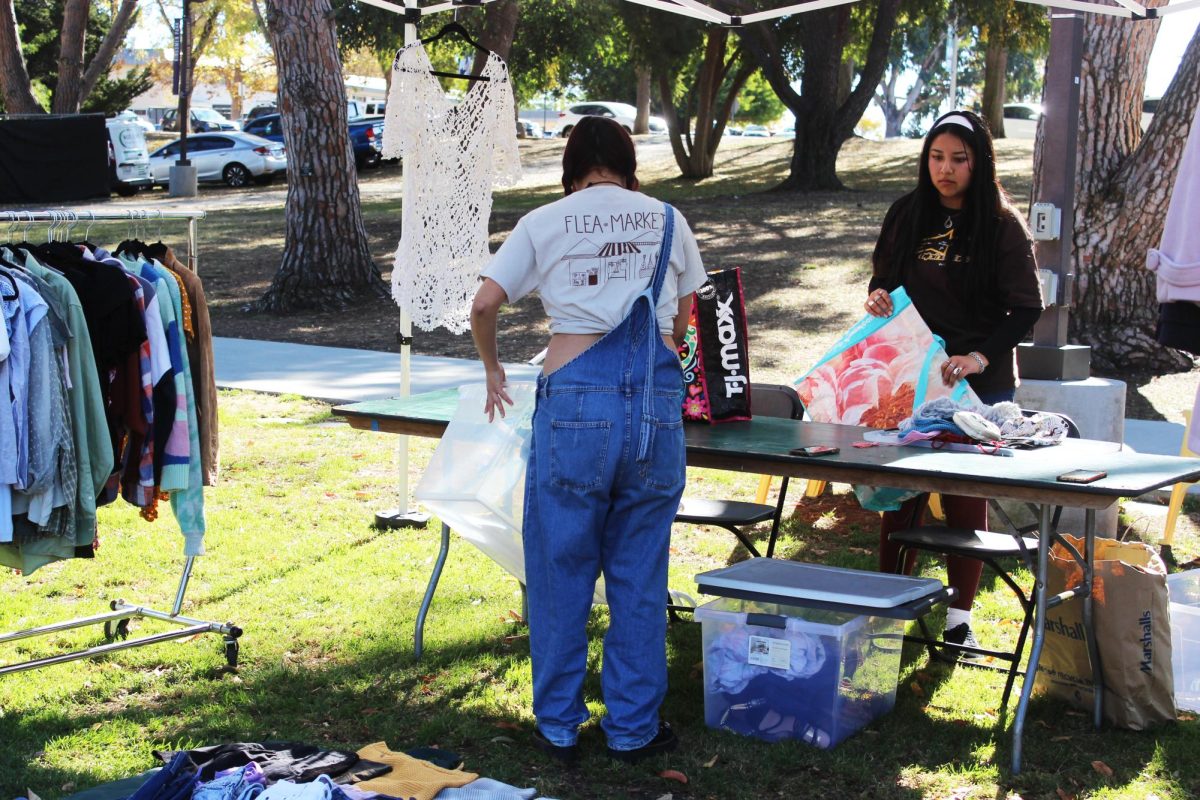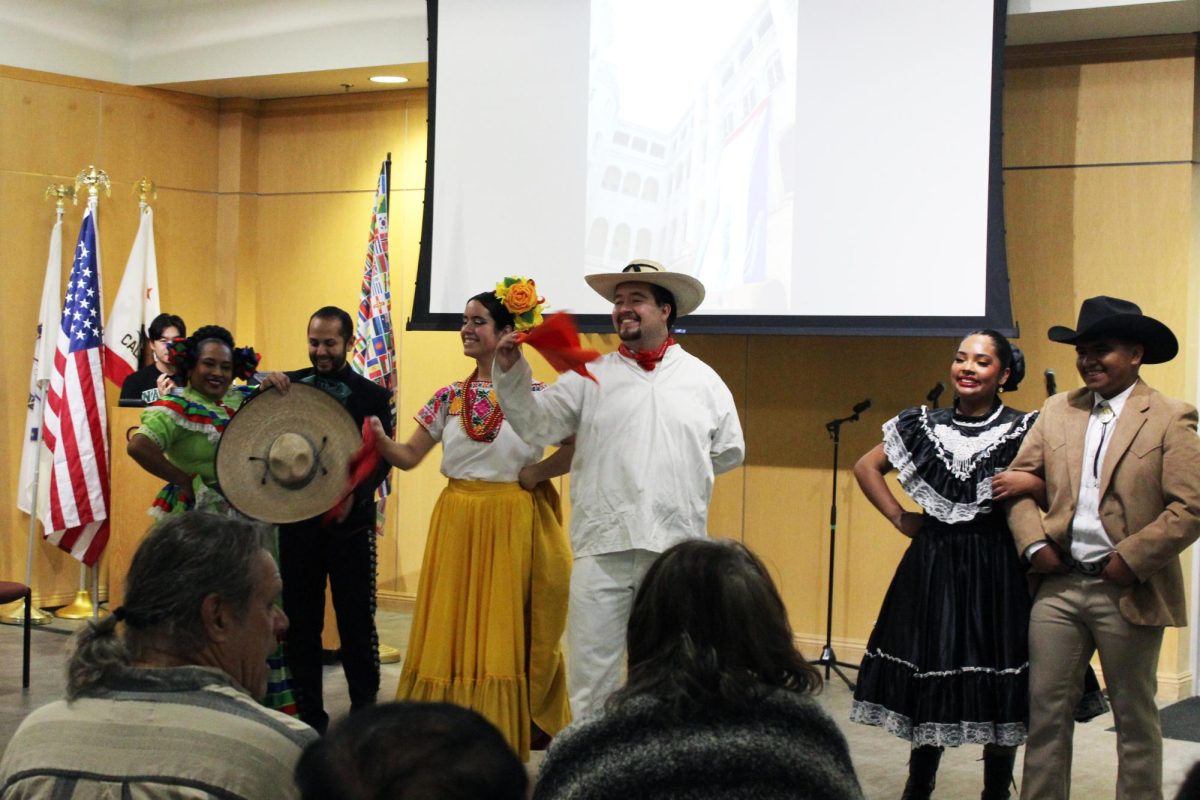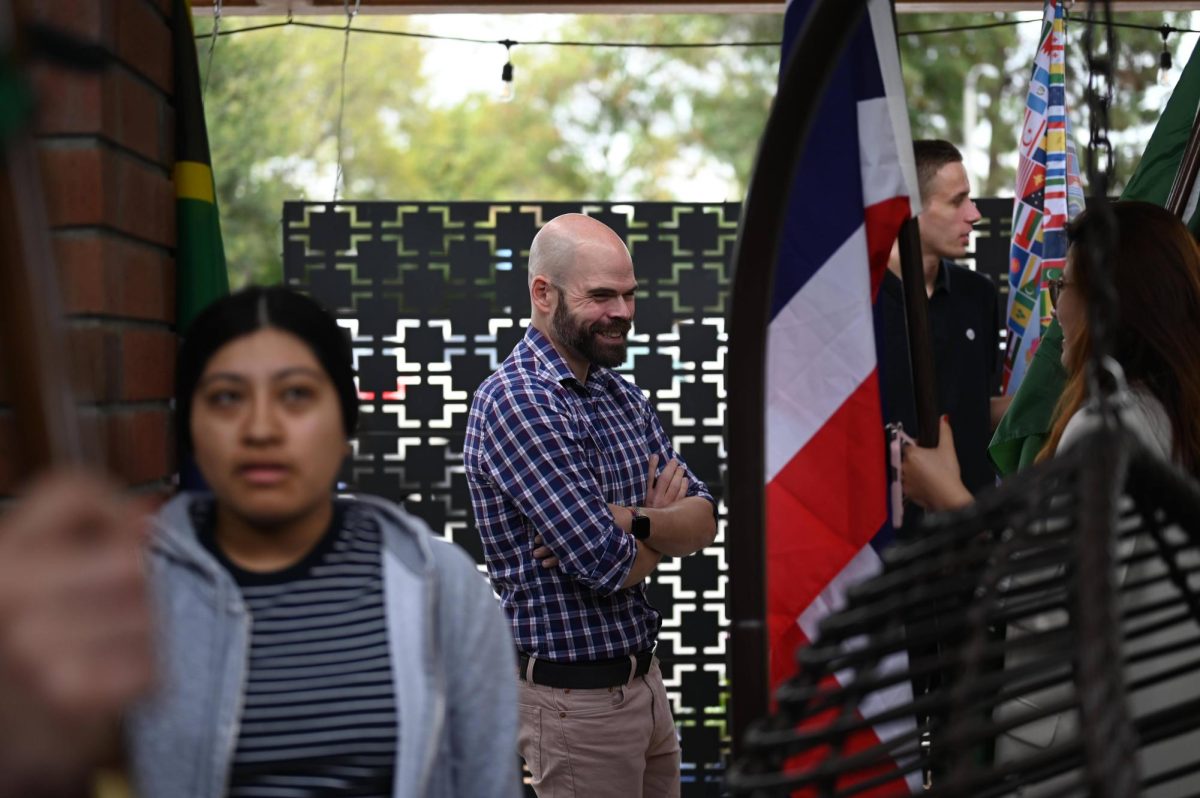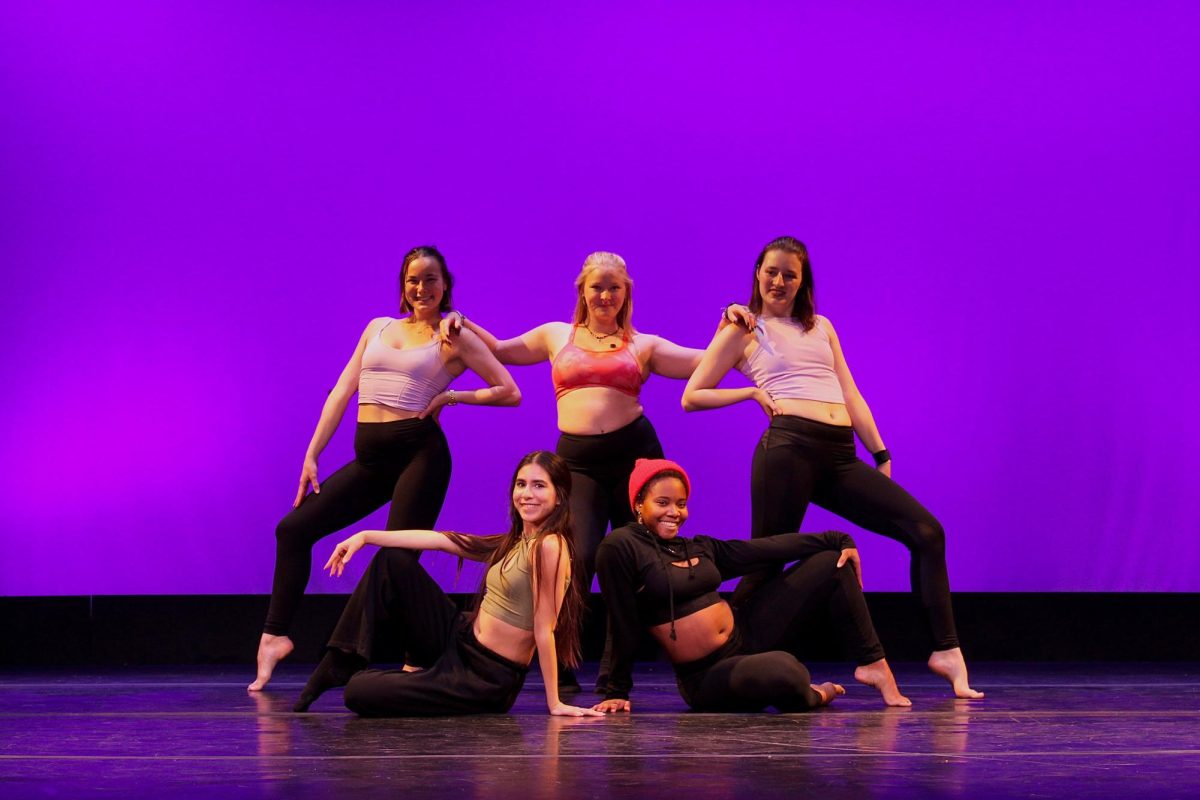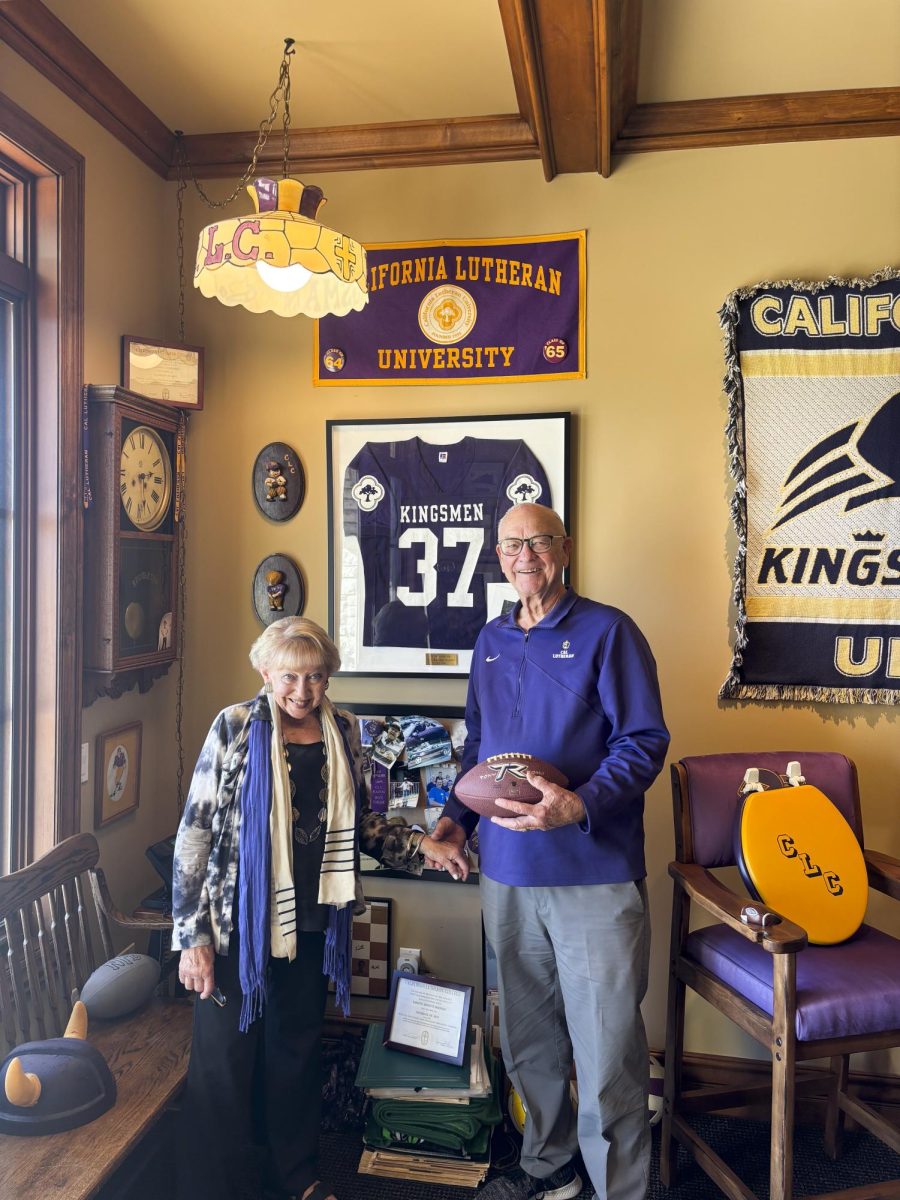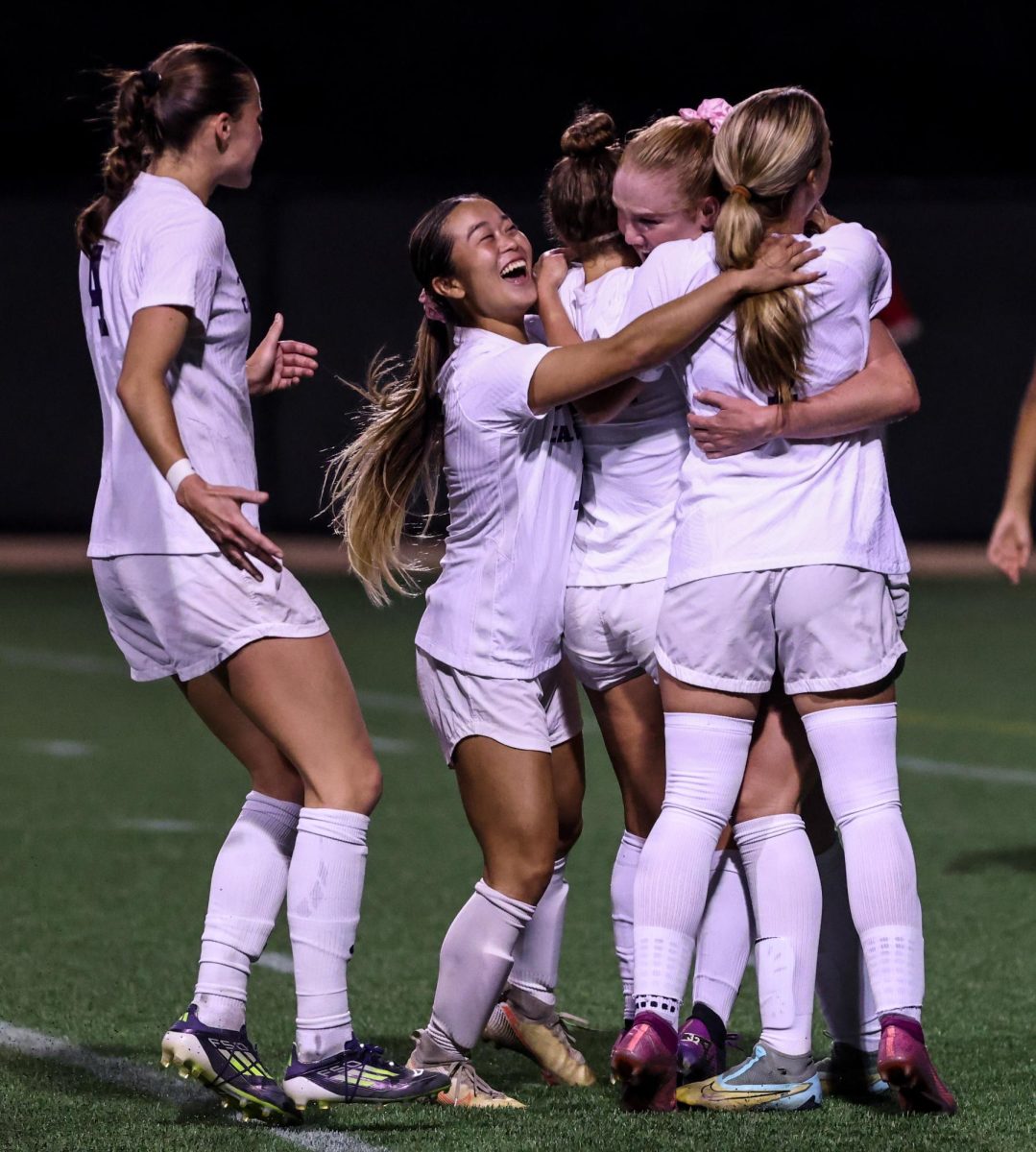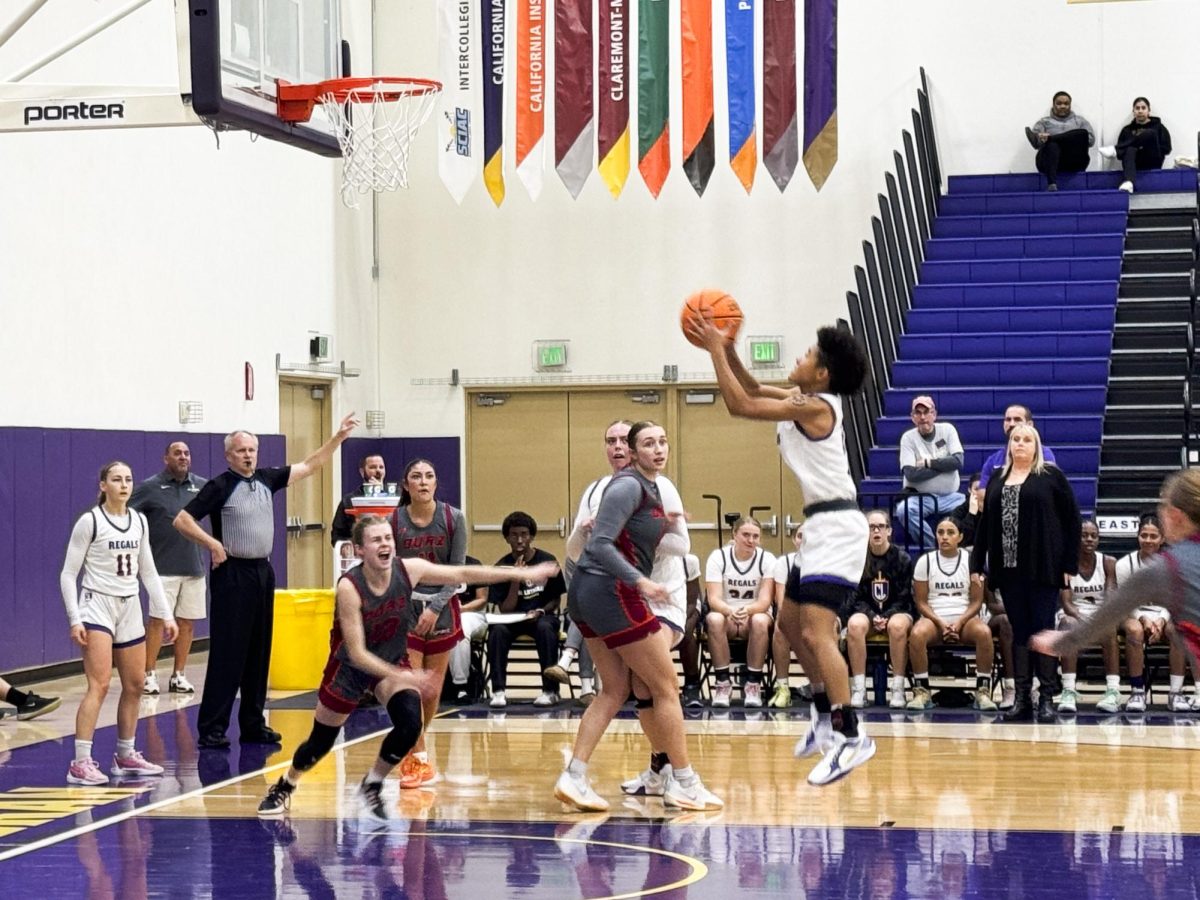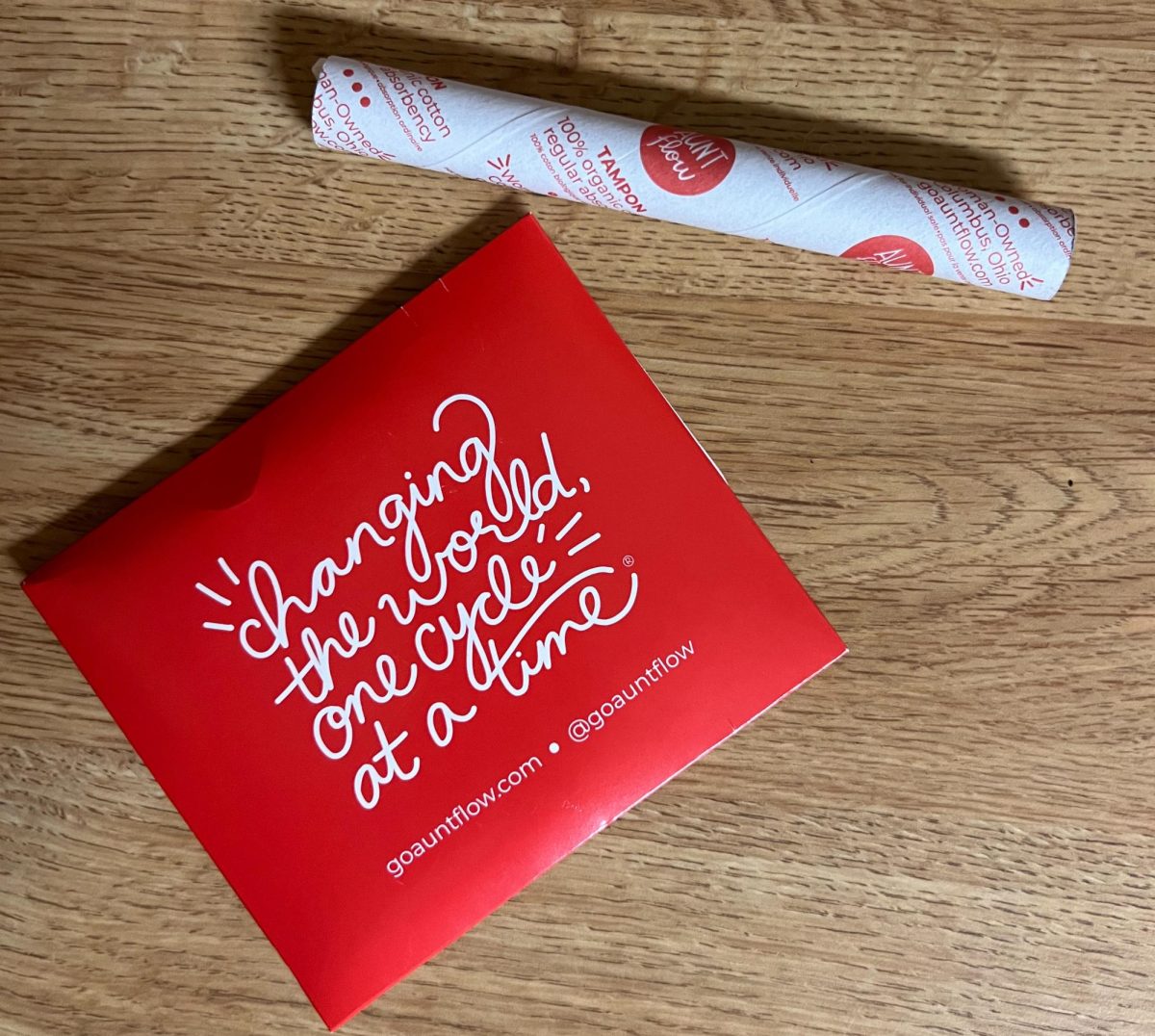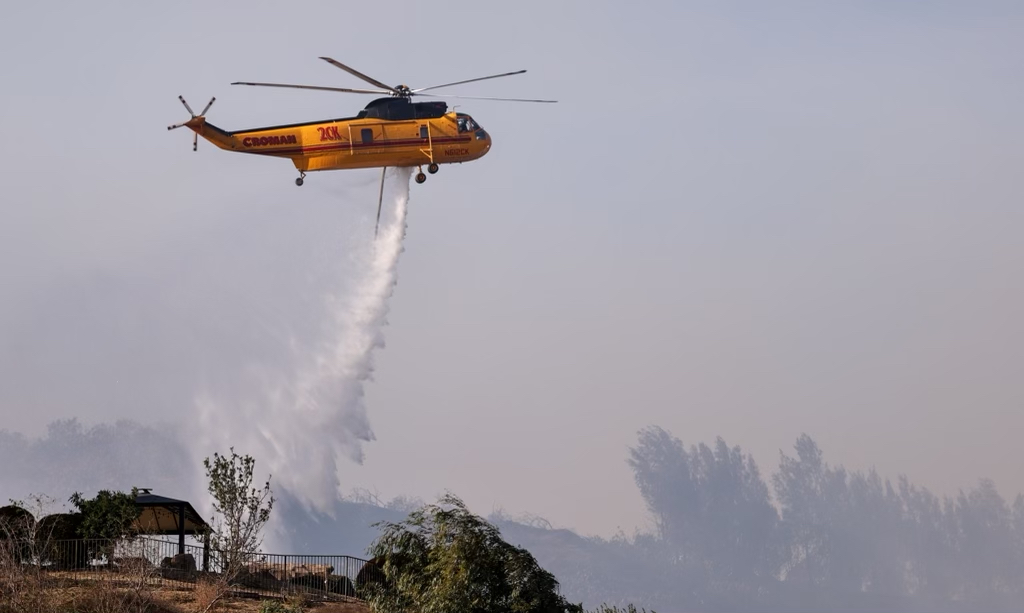Anita Stone, associate professor of biology at California Lutheran University specializes in the research of Brazilian squirrel monkeys. She said her research; however, started long before she finished her doctoral program or began teaching at Cal Lutheran.
“24 years ago, when I was a graduate student getting my PhD, is when I started going down to that field in Brazil. I did my PhD thesis and after I finished I just kept going back and I have no plans to stop,” Stone said.
According to Stone, her research has changed throughout the years and is very different from when she first began working with this species.
“One thing that we know about these monkeys is that during the mating season, the males ‘fatten up’ for lack of a better word,” Stone said. “That’s how it’s described in the scientific literature. They go through some hormonal changes and they gain water weight and fatty tissue. We don’t know why that happens so that is what my current research is looking at.”
Stone said these monkeys look like “miniature football players” when they “fatten” up. According to Stone, researchers know how it physically happens, but the “why” is what they are currently focusing their research on.
“What we’re trying to look at with this current project is the function of this phenomenon,” Stone said.
Each year, Stone conducts a research study for Cal Lutheran students to participate in. This is a year-round research study that involves traveling to Brazil during the mating season for the monkeys and conducting research.
“Every summer, I take three students usually and we spend two months in Brazil. We basically observe the monkeys and collect data on their mating behavior, who the females prefer to mate with, and male-male fights,” Stone said. “I began taking students on this trip in 2017, my first summer after I got to Cal Lutheran. We didn’t go for two years for COVID, but every other year we have gone.”
Stone said there are some requirements that students have to meet to be eligible for this trip.
“They have to be either a bio or environmental science major. That is the initial screening, and then they apply through an actual application with a resume and cover letter. Then I narrow it down and do an in-person interview to get a feel of who they are as a person,” Stone said.
Senior Landon Stouch was one of the student researchers who went to Brazil with Stone. He said there were some challenges that they faced while in Brazil.
“Every morning, we would wake up early and I’d be the last one up. We were usually in the forest by 7:30 a.m., latest. Sometimes we don’t find the monkeys so we would leave early. On an average day we would leave around noon,” Stouch said.
Junior Vanessa Lopez was another one of Stone’s student researchers who went on the trip this past summer.
According to Stouch and Lopez, they faced another challenge during their time in Brazil; a language barrier.
“We were the only English speakers that we interacted with for two months basically. Everyone was speaking Portuguese and we don’t know Portuguese. We picked it up as we went but I spoke like a four-year-old,” Stouch said.
Stouch and Lopez said their time in Brazil not only allowed them to immerse themselves in the research aspect, but they also got a good glimpse of the history and culture of Brazil.
“We stayed in a little village with some of Stone’s close friends that she has known for years. It wasn’t some big area with a bunch of people, so we really got to experience what it’s like to be a local in Brazil. The family we stayed with taught us so much and we are so grateful,” Lopez said.
Stone said that she is currently looking for a new set of students to take on this research project with her. Interested students can contact her at [email protected].


